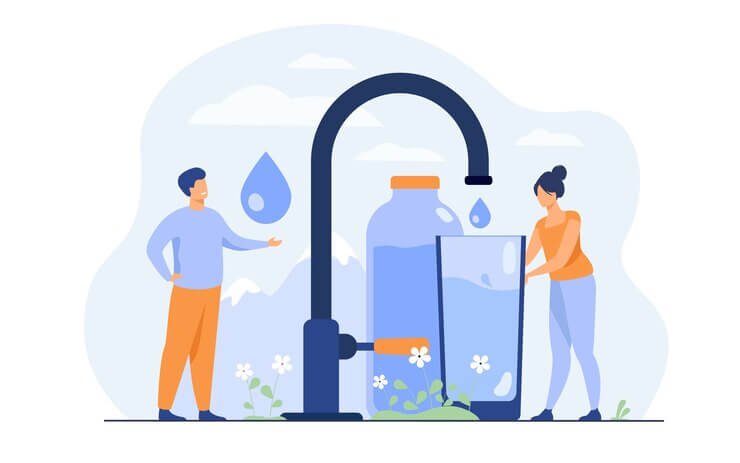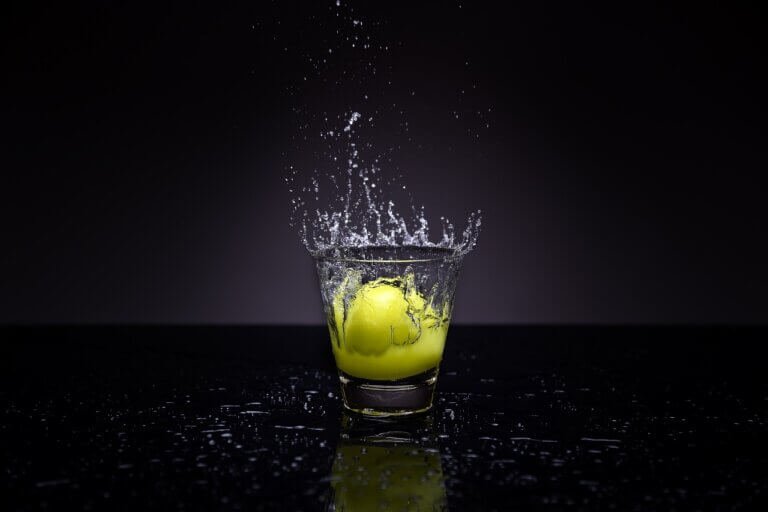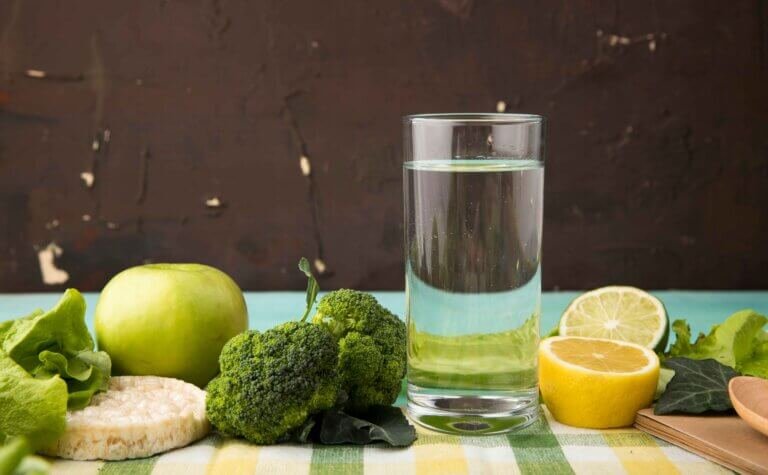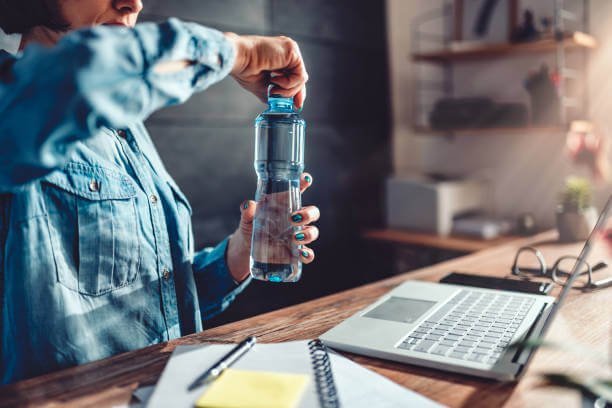Potable Water Explained: What You Need to Know About Safety
Water is essential for all life on Earth, and access to clean and safe drinking water is vital for good health. However, not all water is suitable for drinking. Potable water is defined as water that is safe for human consumption, free of harmful particles, and suitable for drinking, cooking, and other household uses. In this article, we’ll look at what potable water is, its important properties, and how to make sure the water you use is safe.
What Is Potable Water?
Potable water is water that is totally safe for drinking and food preparation. It has been treated or naturally purified to meet the requirements set by health authorities to ensure the absence of high quantities of pollutants such as bacteria, viruses, heavy metals, or chemicals. This type of water is also referred to as “drinking water” because it poses no immediate health risks to those who consume it.
Non-potable water, on the other hand, is untreated or untested for safety and may include harmful bacteria or chemicals. Drinking or cooking with non-potable water can cause a variety of illnesses some of which are even fatal.
Characteristics of Potable Water
The following are some of the main characteristics that distinguish potable water:
- Free from Pathogenic Microorganisms: Water for drinking should not contain any pathogenic bacteria, viruses, and parasites that can cause waterborne diseases. Contaminants like E. coli, cholera, and salmonella may lead to severe cases of gastrointestinal disorders, diarrhoea, and other serious health disorders. Suitable disinfection methods, such as chlorination or UV treatment, eliminate these germs, making the water safe to drink.
- Low Levels of Harmful Chemicals: Safe drinking water should have very low or no traces of harmful chemicals. Industrial runoff, agricultural pesticides, and even old plumbing systems can all introduce harmful chemicals. Lead, arsenic, and mercury are some of the most common harmful compounds discovered in contaminated water. Long-term exposure to chemicals can cause various health issues, including brain damage, cancer, and kidney problems.
- Clear and Odorless: Potable water should be clear and free from any strange odour. While some contaminants, such as bacteria, may not impact the appearance of water, foul-smelling water is a common indicator of contamination. However, even if water appears clean, it may still contain harmful substances.
- Neutrality: The pH of drinking water must be close to neutral, between 6.5 and 8.5. Even when the pH is close to neutral, extremely acidic and alkaline water can corrode pipes and increase the risk of contamination with metals like lead or copper. A balanced pH ensures both safety and good taste when drinking.
How Does Water Become Contaminated?
Contamination of water can occur in numerous ways. Some of the most common causes of water contamination are:
- Aging Infrastructure: This means that old pipes that are used in water supply systems may corrode, allowing harmful elements like lead to dissolving into the water. The water is unsafe to drink. It will be similar to the example shown in Flint, Michigan, where contamination of the city’s water was caused by old pipes during a water crisis.
- Industrial and Agricultural Runoff: Chemicals used in factories, farms, and other industries can seep into the ground or run off into rivers and lakes, polluting water sources. Most pesticides, fertilizers, and industrial waste contain harmful substances that can poison water supplies.
- Natural Disaster: Floods and other natural disasters can bring dangerous bacteria, chemicals, and debris into water supplies and make water non-potable. In such cases, water treatment plants may struggle to keep up with the sudden increase in contamination.
How to Ensure Your Water Is Safe
Access to potable water is very important to your health and well-being. Though public water systems are regulated and treated to meet safety requirements, you can also do a lot on your part to ensure that the water in your house is safe.
- Testing your water regularly: This will help indicate when possible contaminants are present before they become a problem. Many local authorities offer free testing of the water, or a home-testing kit is available for purchase to check for bacteria, chemicals, and other possible sources of contamination. Testing is especially important if you’re using well water or living in an area where contamination is particularly prevalent.
- Install a Water Filtration System: Actually, the safest way to ensure the quality of water supply in your home would be by installing a water filtration system at home. These include activated carbon filters, reverse osmosis systems, and UV filters among many more.
- Boil Water: If you think your water might be contaminated- say during a natural disaster- boiling is a useful preliminary step. Boiling water for one minute kills bacteria and viruses, making it safe to drink. Boiling does not remove chemical impurities so test your water if you suspect contamination.
- Maintain Plumbing Systems: If your home has old plumbing, consider replacing any pipes that may be leaching lead or other dangerous elements into your water. Keeping your plumbing system in good condition can prevent water contamination within your home.
Other Factors Influencing Drinking Water
There are many other factors which may influence the quality of your drinking water supply:
- Hard Water: Even though water containing high mineral concentration, which is often referred to as hard water, is not harmful to drink, it can create scale buildup in pipes and appliances. However, due to its high mineral concentration, the taste of water also dilutes, hence the overall quality of the water suffers. In a case where water softening systems are used, they reduce mineral concentration in hard water.
- Low Water Pressure: Sometimes, low water pressure might just mean a problem in your plumbing line- low water pressure might be due to the presence of leaks and clogs within it. It can introduce contaminants to the water supply. Regular checks on your plumping and addressing the issues can go a long way in ensuring that your water is safe.
Conclusion
Access to potable water is nothing less than a necessity, and prevention of such water is crucial for the protection of our health. However, even the most efficient public water systems that are designed to provide safe drinking water can become contaminated through ageing infrastructure, industrial runoff, and disasters. All of these could be prevented or minimized through regular testing, installation of filtration systems, and proper plumbing maintenance, which would all work together to ensure the water that you drink is safe.







